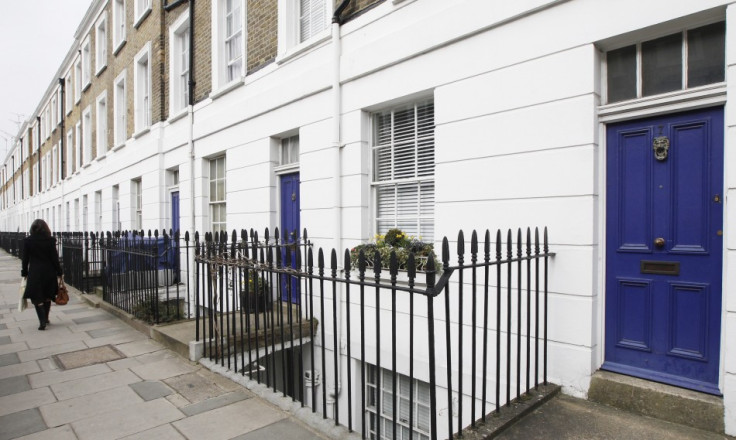London House Prices Rocket to All-Time High

London's average house price hit an all-time high in June as the gap in prices between the capital and the rest of the UK is the widest it has ever been, according to Nationwide.
UK house prices rose further in June amid increased support for the consumer mortgage market from the Help to Buy scheme, though London and the Southeast were the main drivers.
Nationwide said house prices across the country lifted 0.3% on the month and were 1.9% higher than in June 2012, sitting at an average of £168,941.
In London prices had risen 5.2% year-on-year in June, while the Southeast had seen an increase of 3% in the same period. London's average house price was £318,214.
House prices in Britain are 9% below their pre-crisis levels - but in London alone they are 5% above.
"A number of factors are likely to be contributing to the recent acceleration," said Robert Gardner, Nationwide's chief economist.
"Demand for homes has been supported by further modest gains in employment, as well as an improvement in the availability and a reduction in the cost of credit, partly as a result of policy measures, such as the Funding for Lending Scheme. Signs of a modest improvement in wider economic conditions may also be playing a role in boosting buyer sentiment.
"At the same time, there are few signs that the supply of housing is improving significantly. Indeed, construction data point to a further decline in building activity in recent quarters from already depressed levels."
Two schemes are supporting the flow of credit in the consumer mortgage market, Help to Buy and Funding for Lending (FLS).
Under Help to Buy, homebuyers are offered an interest-free equity loan of as much as 20% of the property value to help bring down the cost of a deposit. A second part of the scheme, launching in 2014, will offer a government guarantee to banks giving out consumer mortgages.
FLS sees the Bank of England offer British banks discount-rate loans tied to the value of their stock lending to the real economy. As this lending grows, so does the amount of cheap money banks can access. It has so far incentivised the increased availability and affordability of consumer mortgages as banks look to grow their lending and tap FLS.
Critics say the government is risking a property bubble by increasing demand in the housing market while failing to grow the supply with new homes.
The government insists that by stimulating demand, housebuilding will kickstart as construction firms respond to the market.
Danny Alexander, chief secretary to the Treasury, said the government plans to build 165,000 affordable homes from 2015 to 2018.
In 2012 there were fewer than 100,000 housing starts, despite estimates of around 250,000 needed just to keep up with current demand.
Some positive data from the construction sector suggested housebuilding had picked up in May.
© Copyright IBTimes 2025. All rights reserved.






















